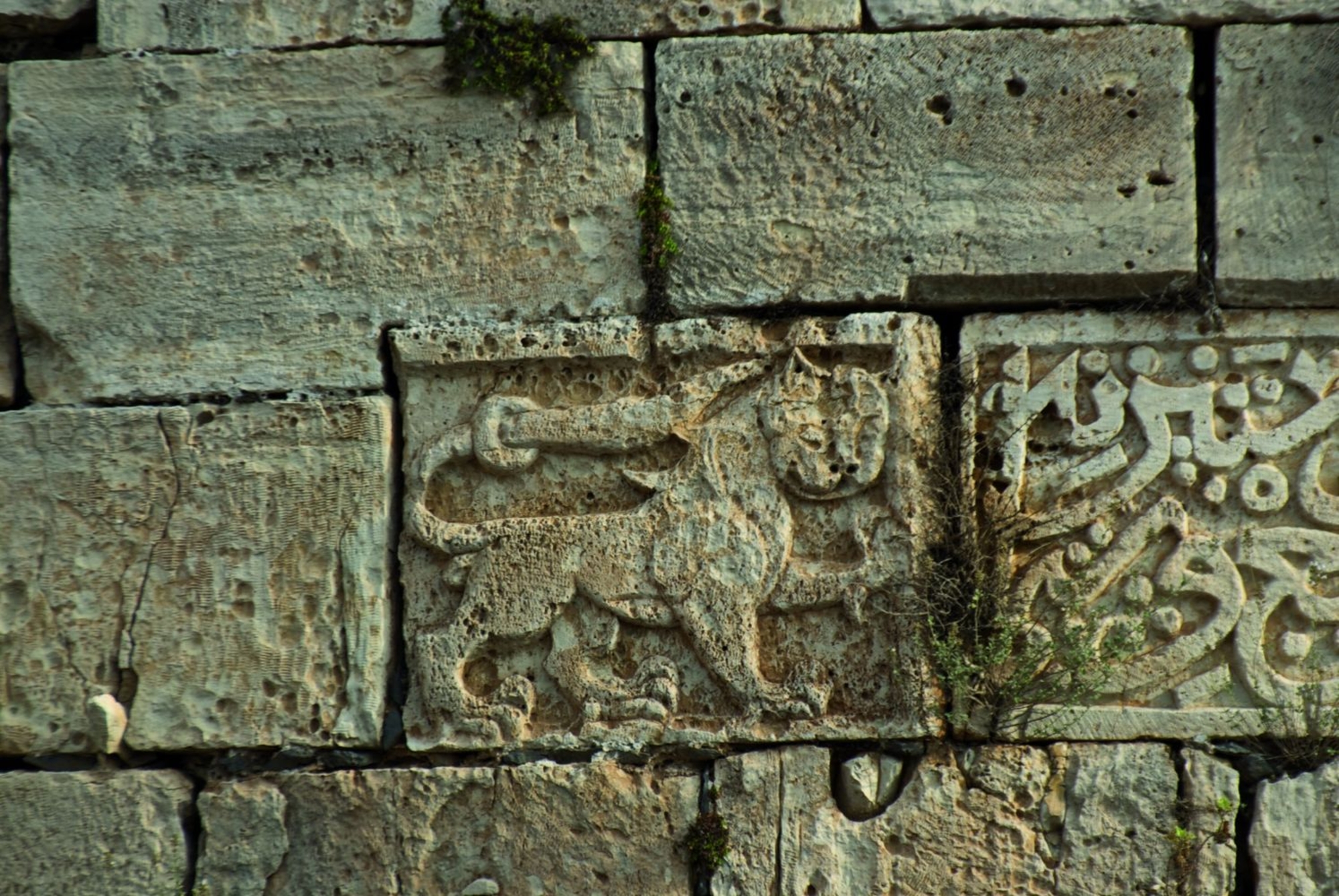
- Home
- Explore the site
- The Mamluk castle (13th-14th centuries)
- The Krak des Chevaliers under the Mamluks
Baybars ordered the restoration of the castle defences immediately after its conquest to ensure its ability to withstand a Crusader counter-offensive from Tartus or Tripoli, but also to equip it with military equipment needed for future campaigns. He returned regularly to the Krak des Chevaliers to inspect the works, which continued after his death in 1278, and several inscriptions testify to the progress made.
Loss of military importance
At the end of the 13th century, once the threat from the Crusaders had been permanently removed, the fortress was less important militarily and it became an administrative capital of the Mamluk province of Tripoli. Future architectural modifications were designed to increase its capacity to accommodate troops.
New living quarters and reception areas were added.
In the mid-14th century, the castle still housed a garrison, as indicated by a military decree of 1345 engraved above the entry gate.
Prominent figures at the Krak des Chevaliers under the Mamluks
Two great Mamluk dignitaries were closely involved in transforming the Krak at this period: Emir Sayf al-Din Balaban al-Tabakhi between 1280 and 1295, and Emir Baktamar ibn Abd Allah al-Khazindar after 1319. The first transformed Krak des Chevalier into the cornerstone of the reconquest of the Latin territories. The second, Al-Tabakhi, lived in the castle for nearly fifteen years, hosting Sultan Qalawun on several occasions.





